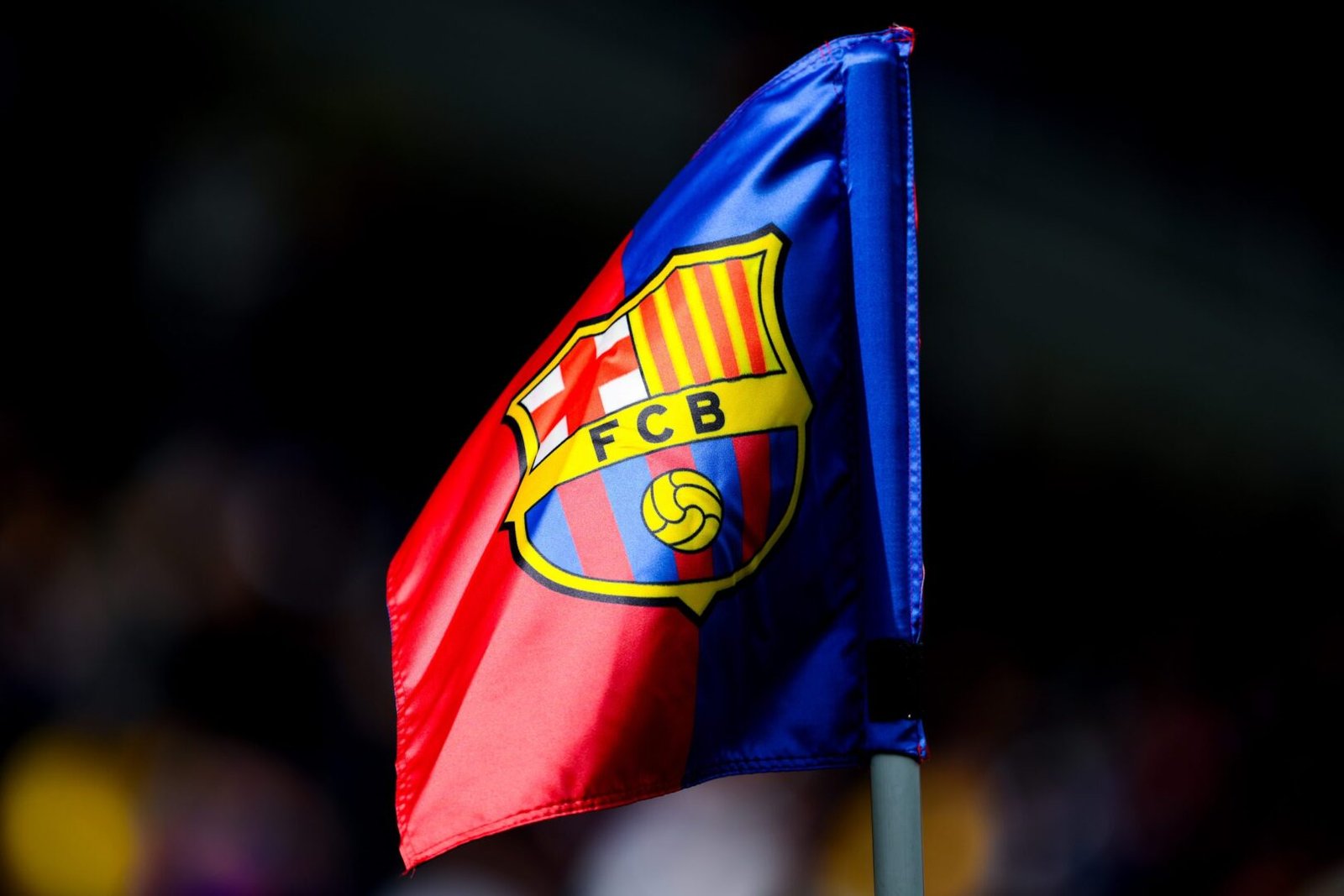Wimbledon stands as a beacon of tradition and excellence in the world of tennis, revered for its pristine grass courts, strict dress code, and unique customs. More than just a tournament, it is a cultural institution steeped in history. This report delves into ten captivating facts about The Championships, exploring its rich heritage, meticulous operations, and the hidden details that contribute to its unparalleled charm.
Key Wimbledon Statistics at a Glance
| Statistic | Detail |
| First Tournament | July 9, 1877 |
| Grass Court Height | 8mm |
| Grass Type | 100% Perennial Ryegrass (since 2001) |
| Strawberries & Cream Served Annually | 140,000 bowls (28,000 kg strawberries, 10,000 litres cream) |
| Used Tennis Balls Annually | ~54,250 – 55,000 |
| Longest Match Duration | 11 hours, 5 minutes (Isner vs. Mahut, 2010) |
| Rackets Strung Annually | ~6,188 |
| String Used Annually | ~46 miles (74,256 meters) |
| BBGs Selected Annually | ~250 |
| Wimbledon Official Colors | Dark Green & Purple (since 1909) |
1. The Grand Slam’s Genesis: Oldest Tennis Tournament
The Wimbledon Championships proudly holds the title of the world’s oldest tennis tournament, with its inaugural event commencing on July 9, 1877, at the All England Croquet and Lawn Tennis Club. The final match, initially scheduled for July 16, was delayed by three days due to rain, concluding on July 19, 1877, before approximately 200 spectators.
The first tournament featured only a Gentlemen’s Singles event, attracting 22 amateur entrants. Spencer Gore, a 27-year-old rackets player, emerged as the first Wimbledon champion, taking home a 25-guinea trophy.
2. The Sacred Green: Wimbledon’s Unique Grass Courts
Wimbledon stands alone as the only Grand Slam tournament still played on grass, the sport’s original surface. The grass courts are meticulously maintained at a precise 8mm height during The Championships, a standard adopted since 1995. Since 2001, the courts have been sown with 100% perennial ryegrass to enhance durability. The bounce of the ball is primarily determined by the hardness and dryness of the soil, necessitating constant rolling and covering.
The All England Club boasts 18 Championships grass courts used during the tournament, alongside 20 grass practice courts and 8 American Clay courts. A dedicated team of 15 permanent ground staff, expanding to 28 during the tournament, works year-round to prepare and maintain these pristine surfaces.
Wimbledon Court Overview
| Type of Court | Number of Courts | Usage |
| Championships Grass Courts | 18 | Exclusively for The Championships (Centre Court, No. 1, No. 2, No. 3, Court 12, Court 18 are show courts) |
| Grass Practice Courts | 20 | Player training during Championships |
| American Clay Courts | 8 | Year-round by Club members and LTA-sponsored players |
| Total Grass Courts | 38 (18 Championships + 20 Practice) | |
| Total Courts on Grounds | 46 (38 Grass + 8 Clay) |
3. A Timeless Tradition: The All-White Dress Code
Wimbledon’s iconic all-white dress code dates back to the Victorian Era, specifically the 1880s, when “tennis whites” became the standard attire. The primary reason for this strict rule was to minimize the visibility of sweat stains, which were considered “improper and unsightly” on colored clothing during that genteel period.
This tradition has been strictly upheld, sometimes leading to friction with players. Andre Agassi refused to play at Wimbledon from 1988 to 1990 partly because the dress code prevented him from wearing his preferred flashy attire. Even Roger Federer faced reprimand in 2013 for wearing orange-soled shoes, which he was forced to change.

4. Wimbledon’s Feathered Guardian: Rufus the Hawk
Since 2008, a Harris hawk named Rufus has served as Wimbledon’s official “bird scarer,” patrolling the grounds to deter pigeons and other nuisance birds. His vital role ensures uninterrupted play, a practice initiated due to issues like Pete Sampras having to bat pigeons off the baseline. Rufus’s day begins early, with reconnaissance flights starting around 5 a.m. and finishing by 9 a.m., covering outside courts, Court 1, and Centre Court.
Rufus has become a beloved figure with his own Twitter account (@RufusTheHawk) and a significant online following. Recently, a “succession crisis” has emerged as Rufus has failed to breed, raising questions about the future of this unique tradition, as confirmed by his handler, Donna Davis.

5. A Taste of Tradition: Strawberries and Cream
The quintessential Wimbledon experience is incomplete without a bowl of strawberries and cream, a tradition that dates back to the very first Championships in 1877. This custom began when strawberries were a seasonal delicacy, perfectly coinciding with the tournament’s summer schedule.

Over 140,000 bowls of strawberries and cream are served annually during the tournament. This equates to approximately 28,000 kilograms of strawberries and 10,000 liters of cream. All strawberries are sourced from a single Kent farm. This culinary operation contributes to Wimbledon being recognized as the largest single annual sporting catering operation in Europe, also selling 320,000 Pimm’s glasses.
6. The Unsung Heroes: Ball Boys and Girls (BBGs)
Approximately 250 Ball Boys and Girls (BBGs) are selected annually from a pool of around 1,000 to 1,500 applicants, primarily from Year 9 and 10 students (around age 15) from nearby schools. The selection process is highly competitive and demanding, involving rigorous training sessions that last 2 to 2.5 hours weekly from February until mid-June.
A key component of their training includes standing perfectly still for “several minutes,” a test of their discipline and focus. During the Championships, BBGs typically work in teams of six, rotating between one hour on court and one hour off. Ball girls were introduced in 1977, with the first mixed teams appearing in 1980.
7. The Epic Marathon: The Longest Match in Tennis History
The 2010 Wimbledon Championships witnessed the longest tennis match in history, an epic first-round encounter between American John Isner and Frenchman Nicolas Mahut. The match lasted an astonishing 11 hours and 5 minutes, played out over three days.

Isner ultimately prevailed with a final score of 6–4, 3–6, 6–7, 7–6, 70–68 in the fifth set. A total of 980 points were played, with Isner hitting a remarkable 113 aces. This match holds the record for the longest tennis match both in time and games played, and its unprecedented length directly led to a significant rule change at Wimbledon and other major tournaments, introducing tie-breaks in final sets.
8. Beyond the Courts: The Wimbledon Foundation’s Impact
The Wimbledon Foundation, the official charity of The Championships, plays a crucial role in supporting community projects. A unique fundraising initiative involves selling used tennis balls near Court 14 at the Wimbledon Foundation Kiosk. These balls are sold for a nominal fee, with all proceeds directly benefiting the foundation’s charitable causes.
Annually, approximately 54,250 to 55,000 tennis balls are used during The Championships. Balls are changed frequently during matches – after the first seven games, then every nine games thereafter – to maintain optimal playing conditions. Unsold used balls are also donated and recycled, finding new life as homes for harvest mice (UK Wildlife Trust) or as rubber for new floor coverings.
9. Iconic Identity: The Wimbledon Logo and Colors
The distinctive Wimbledon logo features crossed rackets within a circle, rendered in its iconic dark green and purple colors. These colors, introduced in 1909, symbolize the lush grass courts and the tournament’s regal tradition. Green represents the lawn, while purple adds a touch of royalty and prestige. The change to these colors in 1909 was a deliberate decision, as the previous club colors were “almost identical to those of the Royal Marines,” necessitating a unique identity.

The combination of dark green and purple is so deeply associated with the tournament that it was successfully registered as a “colour mark” in 2016, requiring Wimbledon to provide evidence of its large-scale use for over 100 years. Interestingly, the famous yellow tennis balls, now synonymous with the sport on television, were only first used at Wimbledon in 1986 , a relatively recent change compared to its other traditions.
10. The Unseen Workforce: Staff Roles and Operations
Behind every powerful serve and precise volley is a team of dedicated professionals. The Babolat string team, comprising approximately 24 highly-skilled stringers, operates across three sites to service players’ rackets. During the two-week tournament and qualifying, they restring an astonishing 6,188 racquets, utilizing over 74,256 meters (approximately 46 miles) of string. Each racket takes 15 to 20 minutes to string, with the emphasis on “consistency” and “quality control” over speed. Babolat became the official stringing service in 2022.
Beyond the stringing team, the ground staff are pivotal to Wimbledon’s iconic playing surface. A team of 15 permanent ground staff, augmented to 28 during The Championships, works tirelessly year-round. Their responsibilities include maintaining the 18 Championships grass courts and 20 grass practice courts. This meticulous preparation involves constant rolling and covering to ensure the soil remains hard and dry, crucial for the ball’s bounce and the court’s durability.
Wimbledon’s Enduring Allure
Wimbledon is more than just a tennis tournament; it is a meticulously crafted experience, a living testament to tradition, and a marvel of modern sporting operations. From its historic origins and unique grass courts to the dedicated teams working behind the scenes and its impactful charitable foundation, every detail contributes to its enduring legacy. The tournament’s willingness to adapt while preserving its core identity, and its commitment to quality across all facets, collectively solidify its status as an unparalleled global sporting event, captivating audiences worldwide with its distinctive blend of heritage and excellence, year after year.


